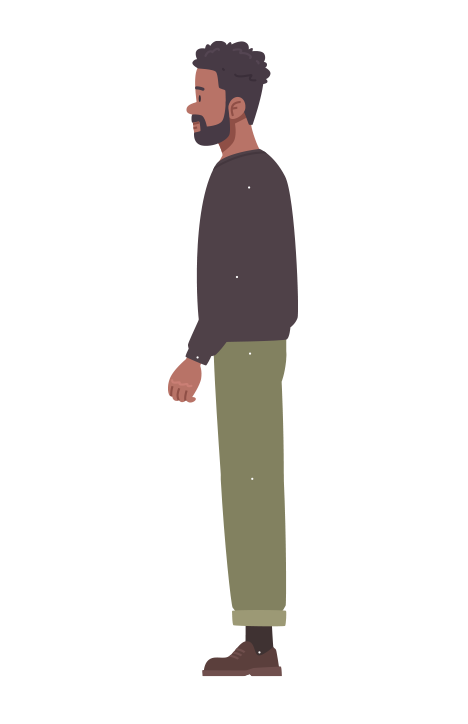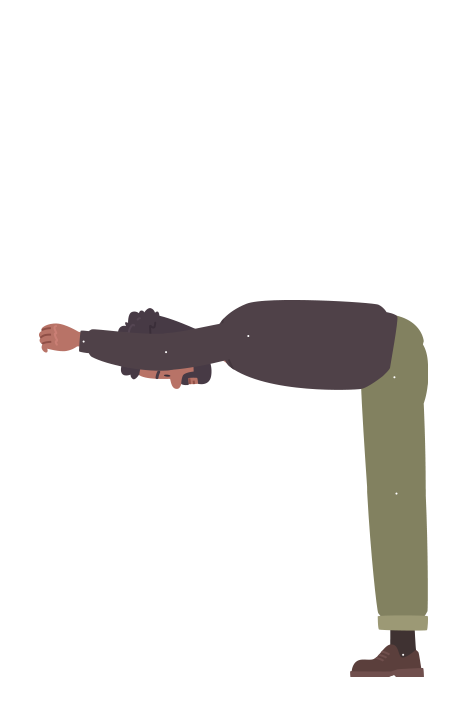Services
Scoliosis Treatment
What is Scoliosis?
Scoliosis is a medical condition characterized by an abnormal sideways curvature of the spine. While a healthy spine has natural curves that allow for balance and flexibility, scoliosis introduces a lateral, "S" or "C"-shaped curve that can affect posture, movement, and even organ function in more severe cases. The curvature often develops gradually, most commonly during the growth spurt before puberty, but it can also be caused by neuromuscular conditions, birth defects, or degenerative changes in adults.
There are several types of scoliosis, with the most common being idiopathic scoliosis, which has no known cause and typically appears in adolescents. Other forms include congenital scoliosis, which results from spinal abnormalities present at birth, and degenerative scoliosis, which develops in adulthood due to age-related wear and tear on the spine.
The severity of scoliosis can vary widely. Mild cases may cause little to no discomfort, while more pronounced curves can lead to back pain, uneven shoulders or hips, restricted movement, and even issues with breathing if the curve affects the rib cage. Scoliosis is typically diagnosed through a physical exam and confirmed with imaging tests such as X-rays to measure the angle of the spinal curve (known as the Cobb angle).
Early detection is crucial for effective management. In some cases, observation and physical therapy are sufficient. In others, particularly if the curve is progressing, treatment may involve advanced corrective approaches such as Chiropractic BioPhysics® (CBP), as well as advanced bracing technology such as ScoliBrace. The goal of treatment is to stabilize the curve, relieve symptoms, and support long-term spinal health.

Image source and copyright: scolibrace.com
Types of Scoliosis
Scoliosis comes in several forms, each with different causes and treatment approaches. Understanding the type of scoliosis is essential for creating an effective care plan.
Idiopathic Scoliosis is the most common type, often developing during adolescence with no identifiable cause. It's typically detected during growth spurts and is more common in girls. While some cases remain mild, others may progress especially during periods of rapid growth.
Congenital Scoliosis results from spinal malformations present at birth. These structural abnormalities—such as fused or missing vertebrae—can lead to uneven spinal growth. This form is usually identified early in life and may require more complex treatment depending on severity.
Neuromuscular Scoliosis develops due to conditions like cerebral palsy, muscular dystrophy, or spinal cord injuries. Because muscle control and support are compromised, this type of scoliosis can progress quickly and often involves a multidisciplinary treatment approach.
Degenerative Scoliosis, or adult-onset scoliosis, occurs later in life due to age-related spinal wear, such as disc degeneration or arthritis. It can cause pain, stiffness, and postural issues, with treatment often focusing on pain relief, mobility, and stability through conservative care or surgery when necessary.
Checking for Scoliosis:
Taking an active role in your health starts with awareness. Our step-by-step guide to basic at-home scoliosis screening is designed to empower you with the knowledge to perform simple, preliminary checks. This easy yet effective process can help identify early signs of scoliosis, allowing for timely professional evaluation and care. While not a substitute for a medical diagnosis, these screenings are a helpful first step. Let's walk you through the process so you can confidently monitor your spinal health at home.

Step 1: Stand
Stand in a relaxed position, arms hanging naturally by your sides.

Step 2: Bend
Bend forward at the waist, allowing your arms to hang freely towards the floor.

Step 3: Observe
Ask a friend or use a mirror to observe your back. Look for any asymmetry, such as uneven shoulders, hips, or the appearance of a rib hump.
What to Look for?
The Solution: ScoliBrace
Not Just Any Brace… The ScoliBrace
At Optimum Spine in London, scoliosis treatment is approached with precision, personalization, and cutting-edge technology. One of the most effective tools used in our care is the ScoliBrace® system—an advanced, 3D-designed scoliosis brace tailored to each patient's unique spinal curvature and posture.

Unlike traditional scoliosis braces that focus solely on halting curve progression, ScoliBrace is corrective in nature. It uses innovative 3D scanning, posture imaging, and biomechanical analysis to design a custom brace that doesn't just support the spine—it actively guides it toward a more natural alignment. The brace applies strategic, gentle pressure in key areas while allowing freedom of movement and improved comfort, making it easier for patients—especially children and teens—to wear consistently.
At Optimum Spine, each scoliosis case begins with a detailed postural and spinal assessment, including X-rays and digital scans, to understand the severity and type of scoliosis. From there, a custom treatment plan is developed, which may include ScoliBrace bracing, corrective chiropractic adjustments, and posture-specific rehabilitation exercises.
This integrated approach allows us to not only reduce spinal curvature in many cases but also improve posture, reduce pain, and support long-term spinal health. Whether scoliosis is diagnosed in childhood, adolescence, or adulthood, Optimum Spine combines modern technology with clinical expertise to provide non-invasive, effective scoliosis care right in the heart of London.
Tired of Living with Pain? We Can Help. We have successfully treated hundreds of patients, and can help you, too…
Tired of Living with Pain? We Can Help. We have successfully treated hundreds of patients, and can help you, too…
£87 Special Offer:
Initial Chiropractic Consultation.
Include x-rays if medically indicated + our BBC-featured posture workshop. Only £87 (value up to £232)



